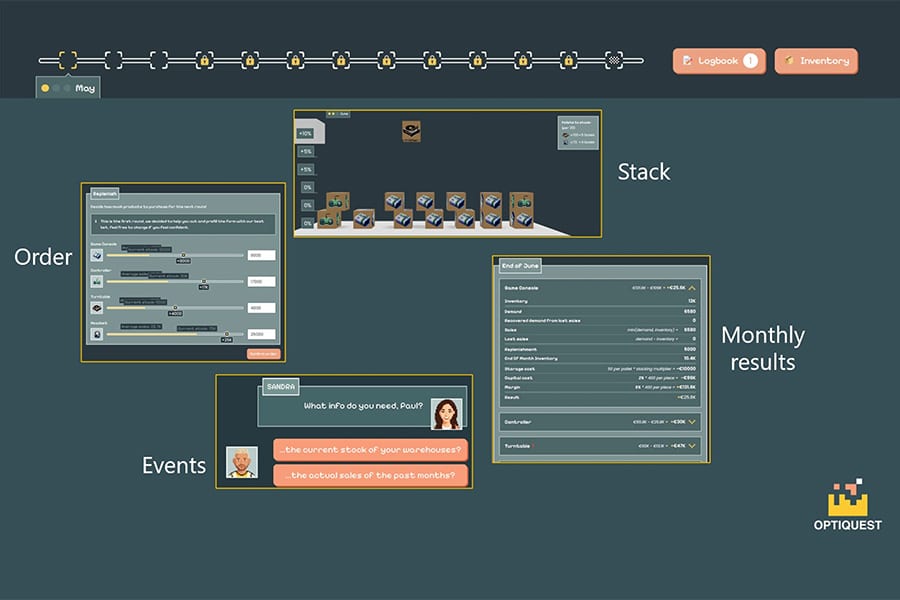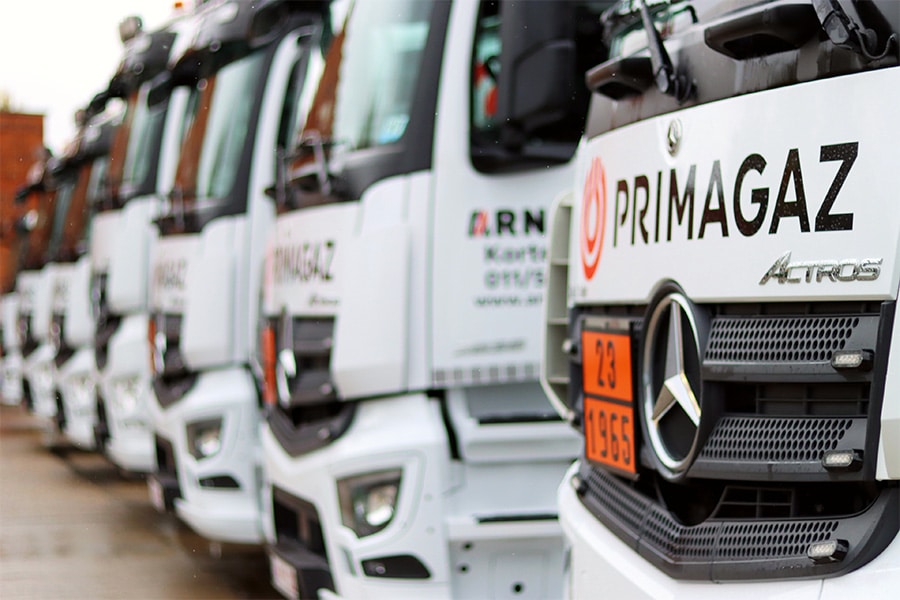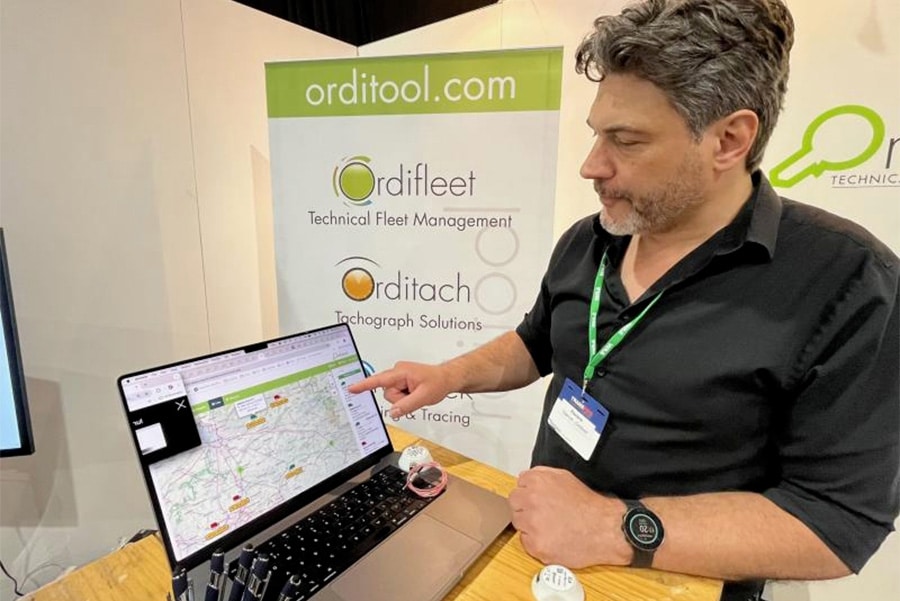
An industry in flux
The logistics industry is in a state of flux. Also in 2024, existing trends continue their advance and new trends emerge. Which trending topics should you as a professional take into account? And what can we learn from these new developments?
New trends in the warehouse and logistics sector can be grouped around cost, people and workload. Rising costs in various areas - from warehouse construction to personnel costs - have become a stayer. At the same time, there is the laborious search for skilled personnel, in a sector that does not always have the best reputation in terms of (physical) working conditions. And in terms of workload and distribution, there is the ever-increasing workload, caused in part by more complex warehouse flows and shorter lead times.
In this context, remarkable trends will develop in 2024 that will take efficiency and productivity in warehousing to new heights. One notable development, for example, is the emergence of so-called "lights off warehouses": fully automated warehouses in which stacking cranes, shuttles, picking robots, elevators and other technologies will address labor shortages and boost efficiency in warehousing.
The integration of automation into conventional warehouses is also a trending topic. Three keywords are the common threads here: adaptable, scalable and transferable. In this context, we refer to AGV (Automated Guided Vehicles) technologies that are available for almost any type of material handling equipment and can replace drivers. Another example are AMRs (Autonomous Mobile Robots) that we see popping up in more and more warehouses. They are being used to move goods to work stations and back to inventory, as well as to support manual order picking. In 2024, we may see the breakthrough of AMRs with manipulating arms to perform picking tasks for easy-to-handle products.
Automating parts of warehouse flows requires the integration of WCS or WES systems for control and guidance. Such systems also necessitate the use of WMS. In this market, there are many parties offering solutions, local, European, international and global. And ERP systems are also very prominent in this offering. Today, work is underway to integrate AI for operational control according to workload and the use of digital twins to simulate before realization.
Finally, there is also the rise of "wearable computing," in which warehouse workers use smart glasses or bracelets to receive real-time information. This reduces error margins and speeds up the order-picking process. And with the increasing use of exoskeletons - which reduce the physical strain on warehouse workers - we are seeing the importance of wearable robotics as support for lifting operations, on the way to a safe and ergonomic working environment in warehouses.
Jan De Kimpe
Managing director Logisol Pro bv




